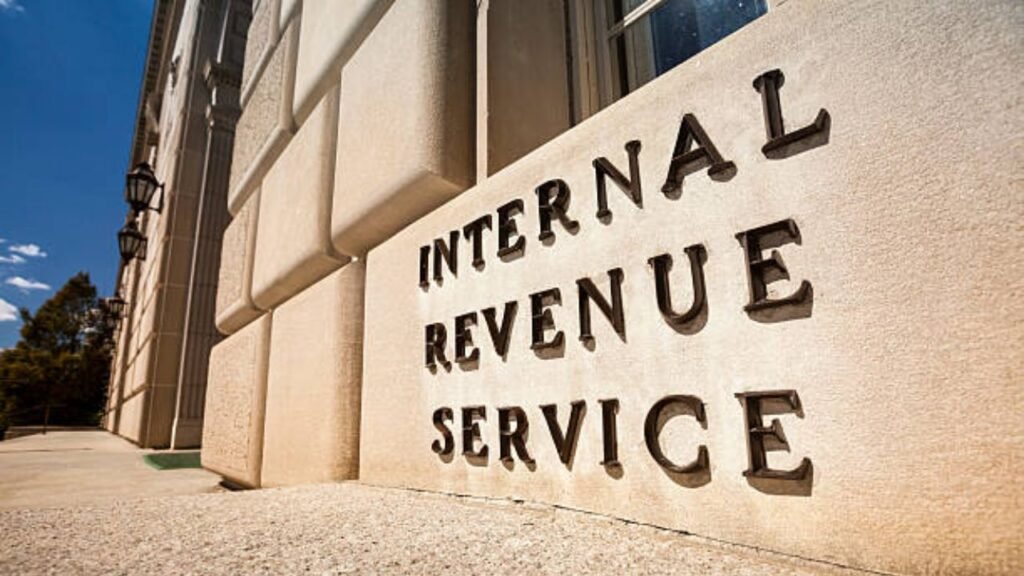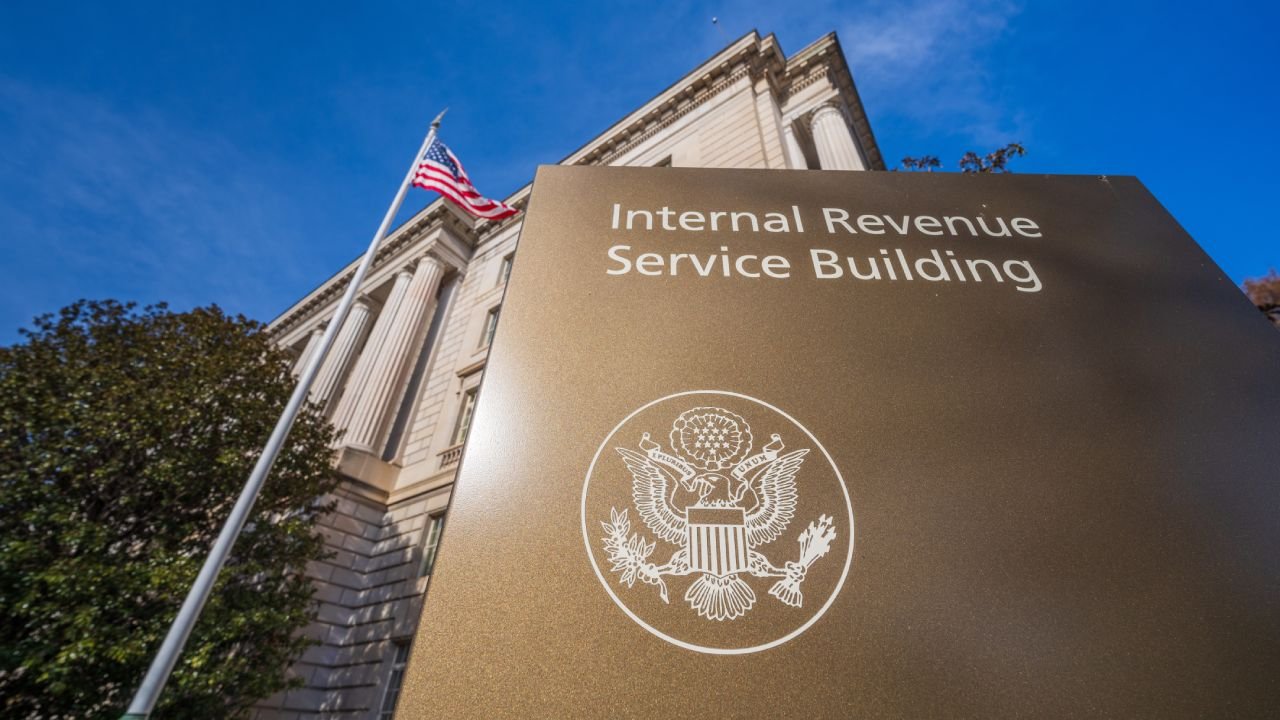Tax season is always a time when millions of Americans look forward to receiving their refunds. In 2025, however, many taxpayers are facing longer waits than usual. The Internal Revenue Service has confirmed that delays have become more common this year, leaving many households anxious about when their money will arrive.
Current Processing Times
Normally, refunds from electronically filed returns are issued within 21 days. This year, many taxpayers are waiting far beyond that window, with delays stretching from four to eight weeks in many cases. Those who submitted paper returns are seeing even longer timelines, in some situations up to six months or more. The IRS has acknowledged the backlog and is attempting to reduce the wait times, but challenges remain.
Why Refunds Are Delayed in 2025
Several factors are contributing to these extended processing periods. Staffing shortages continue to be a major problem, as the IRS faces a higher-than-normal volume of returns. New fraud prevention measures have also been added, requiring extra verification steps to protect against identity theft. At the same time, the agency is in the middle of updating its decades-old computer systems, and these upgrades have caused temporary slowdowns. Finally, errors or missing information on returns often trigger manual reviews, further extending wait times for certain taxpayers.
Common Issues That Slow Down Refunds

Some of the most frequent mistakes include incorrect Social Security numbers, miscalculated tax amounts, unreported income, or missing documentation for credits and deductions. These errors force the IRS to manually review the return, which adds weeks to the process. Double-checking information before filing is one of the best ways to avoid unnecessary delays.
How Much Money Taxpayers Can Expect
For tax year 2024, which is being filed in 2025, the average refund is estimated to fall between $2,800 and $3,200, similar to previous years. The actual amount depends on factors such as income level, taxes withheld during the year, filing status, and the number of dependents. Refundable credits, such as the Earned Income Tax Credit and Child Tax Credit, also play a significant role in determining the final amount.
Who Qualifies for a Refund
Not every taxpayer will receive a refund. A refund is issued only when the amount paid in taxes through employer withholding or quarterly estimated payments exceeds what is actually owed. Refundable credits can also result in a payment even if the filer had no tax liability. For many, refunds represent overpaid taxes being returned rather than a financial bonus.
What to Do if Your Refund Is Late
Taxpayers are encouraged to use the “Where’s My Refund” tool on the IRS website to track the status of their payment. The IRS recommends contacting them directly only after the expected timeframe has passed eight weeks for electronic returns and six months for paper ones. Having your Social Security number, filing status, and refund amount ready will make the process smoother when calling.
Planning Ahead for Future Seasons
To avoid consistently large refunds or delays, taxpayers may consider adjusting their withholding to keep more money in their paychecks throughout the year. Filing electronically and ensuring all details are accurate can also reduce wait times. Keeping thorough records and filing early can help minimize problems during peak processing months.
While delays this year have created challenges, the IRS is continuing its efforts to modernize and address backlogs. For taxpayers, understanding why delays happen and what steps to take can make the process less stressful. With proper planning and accurate filing, future tax seasons may bring smoother and faster refund experiences.

